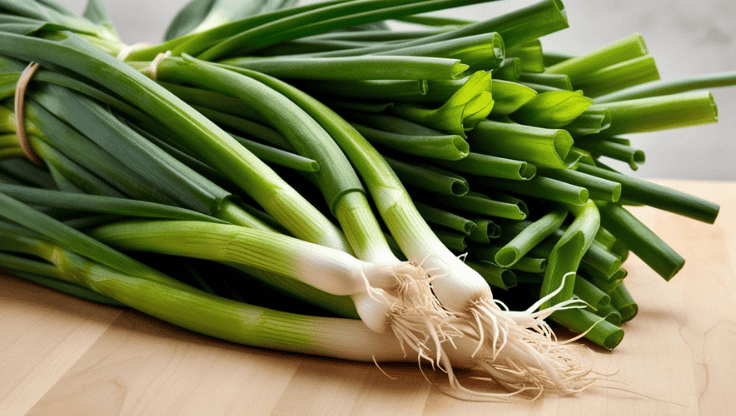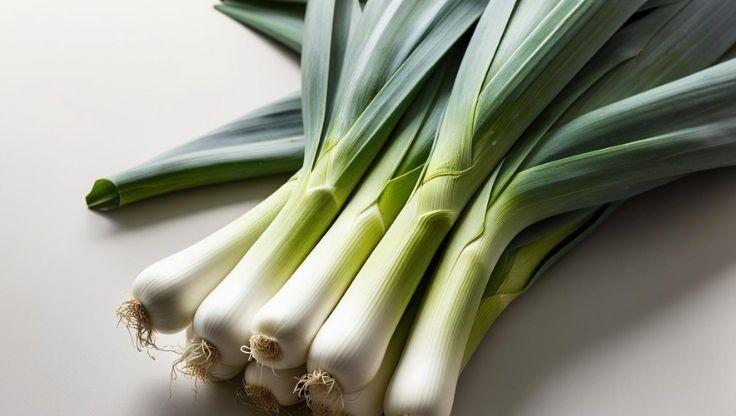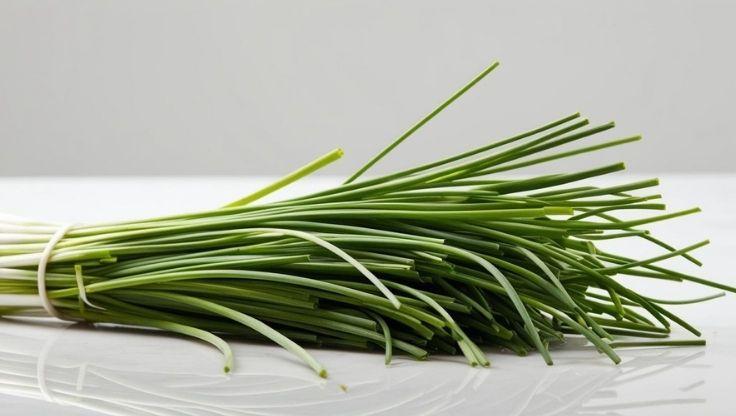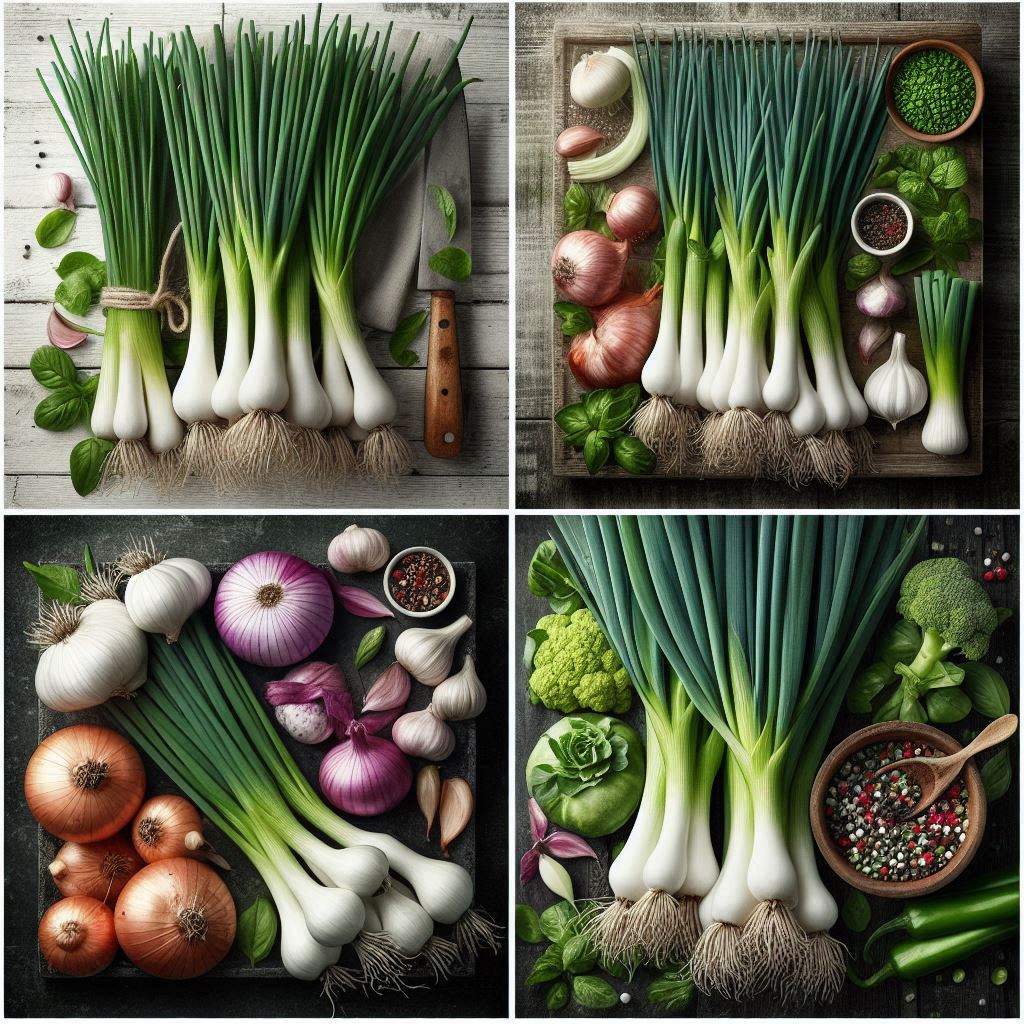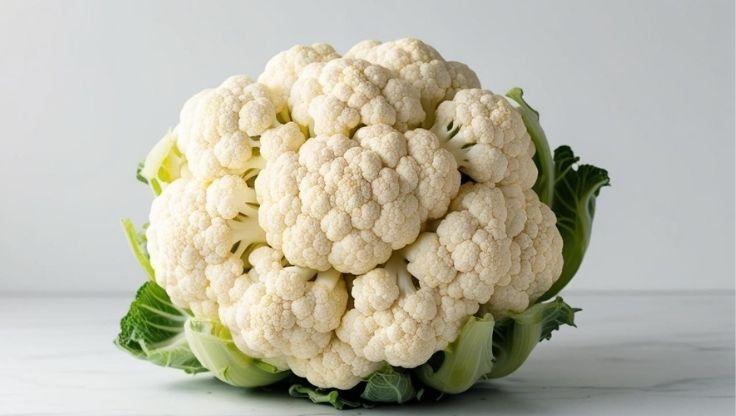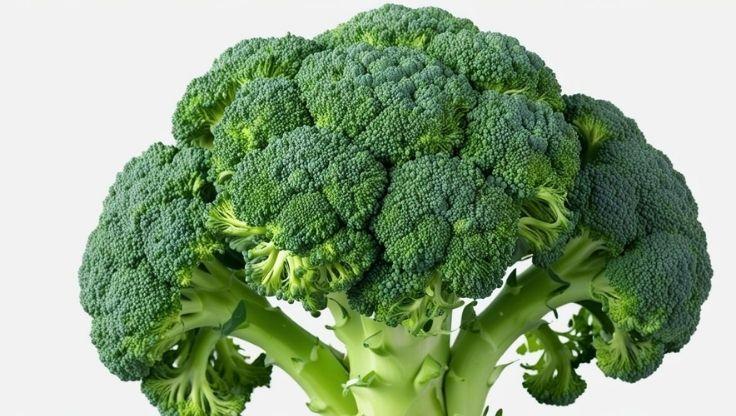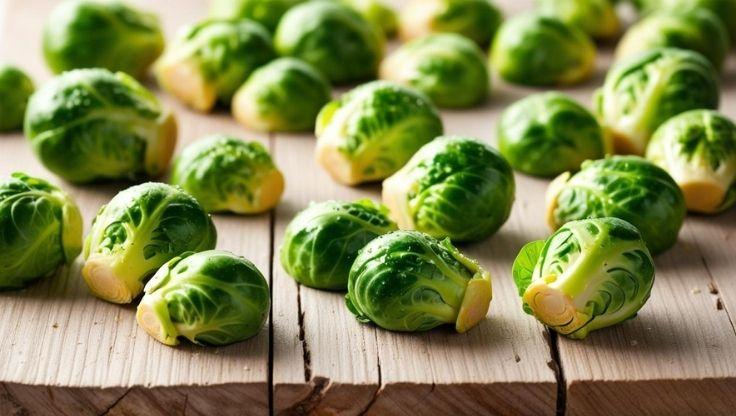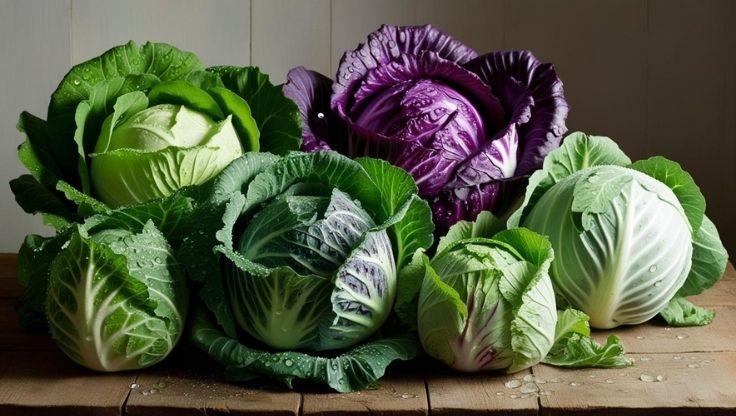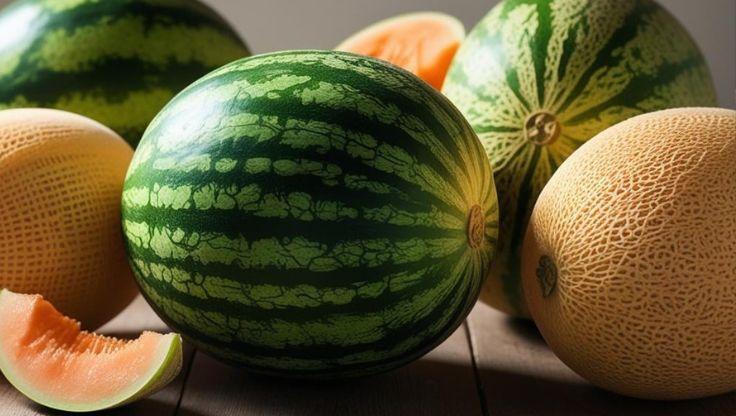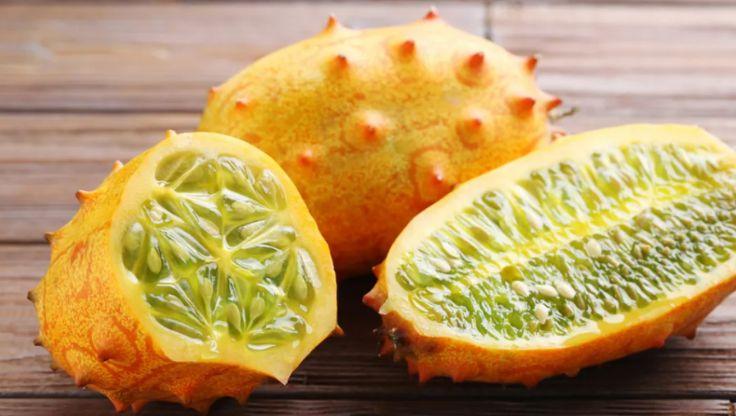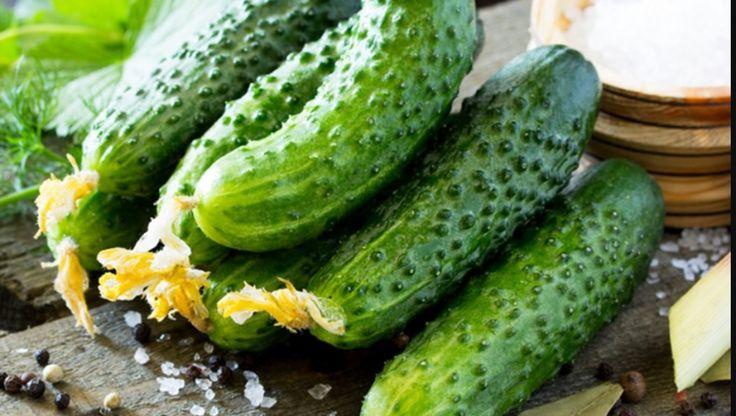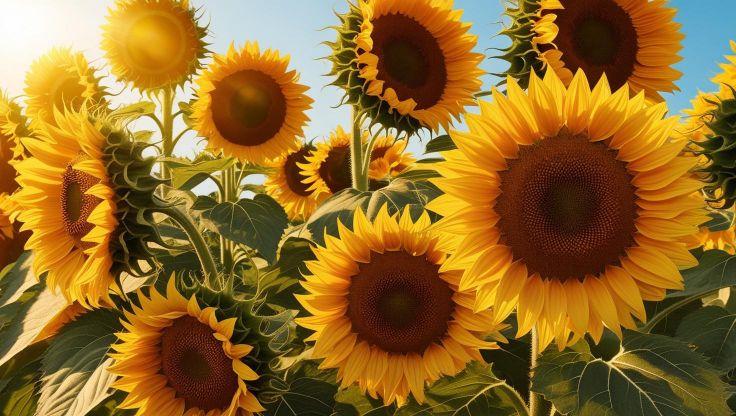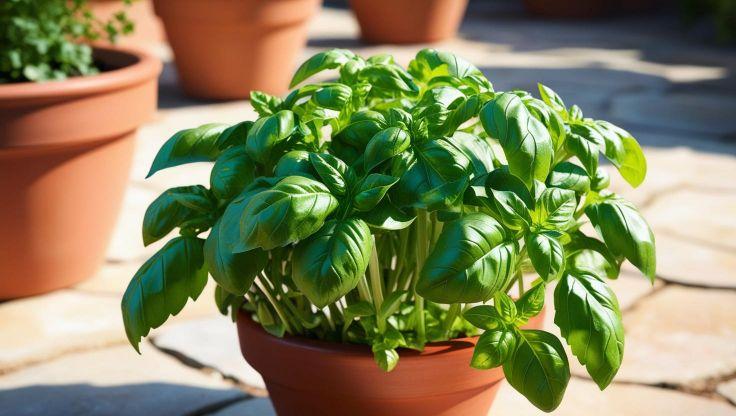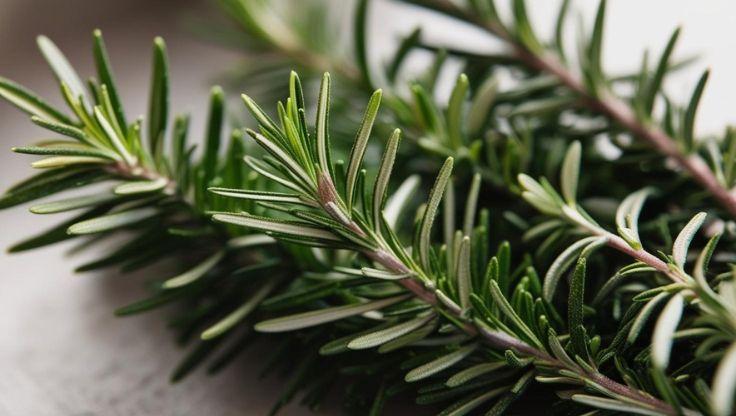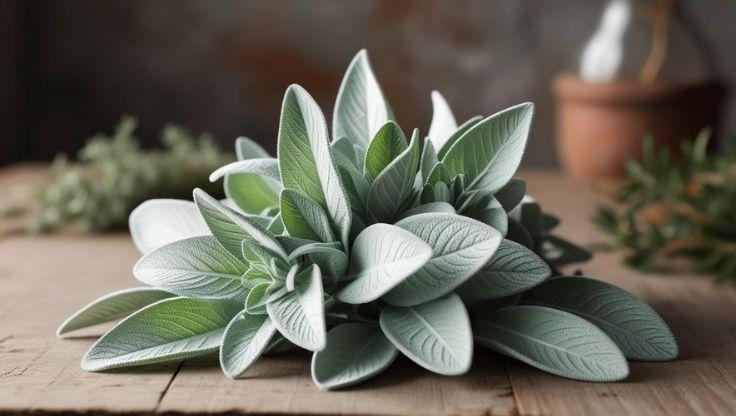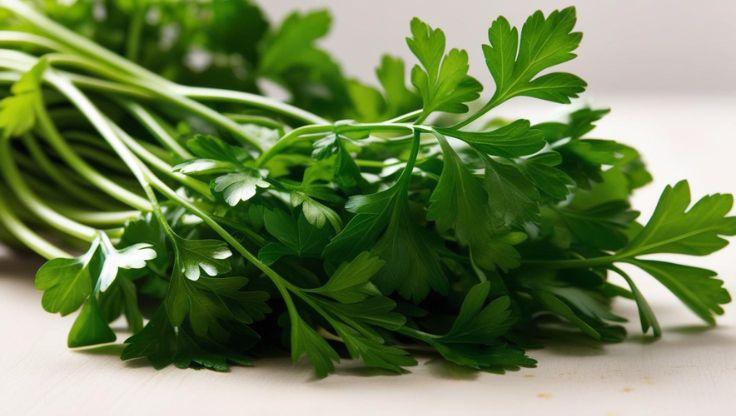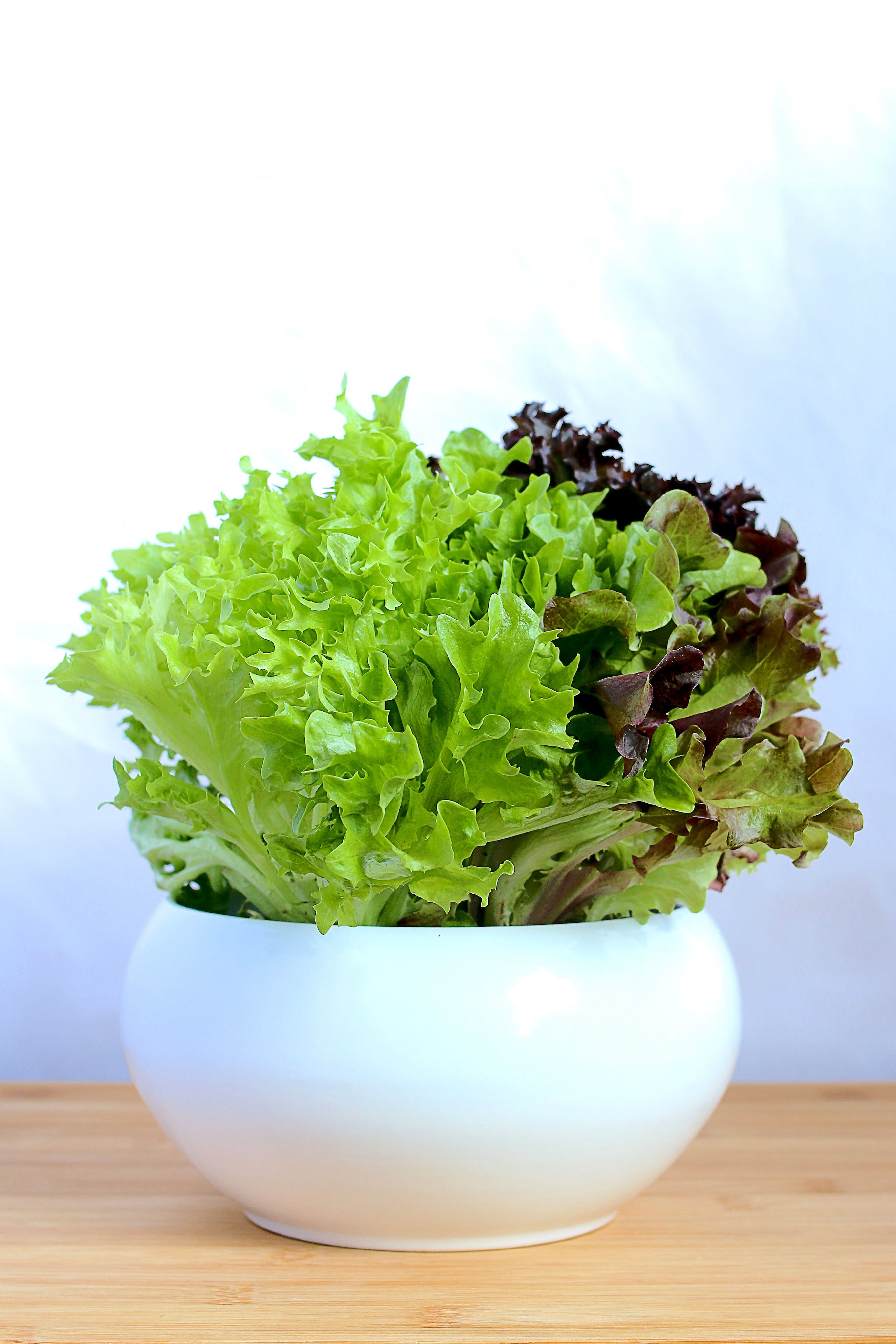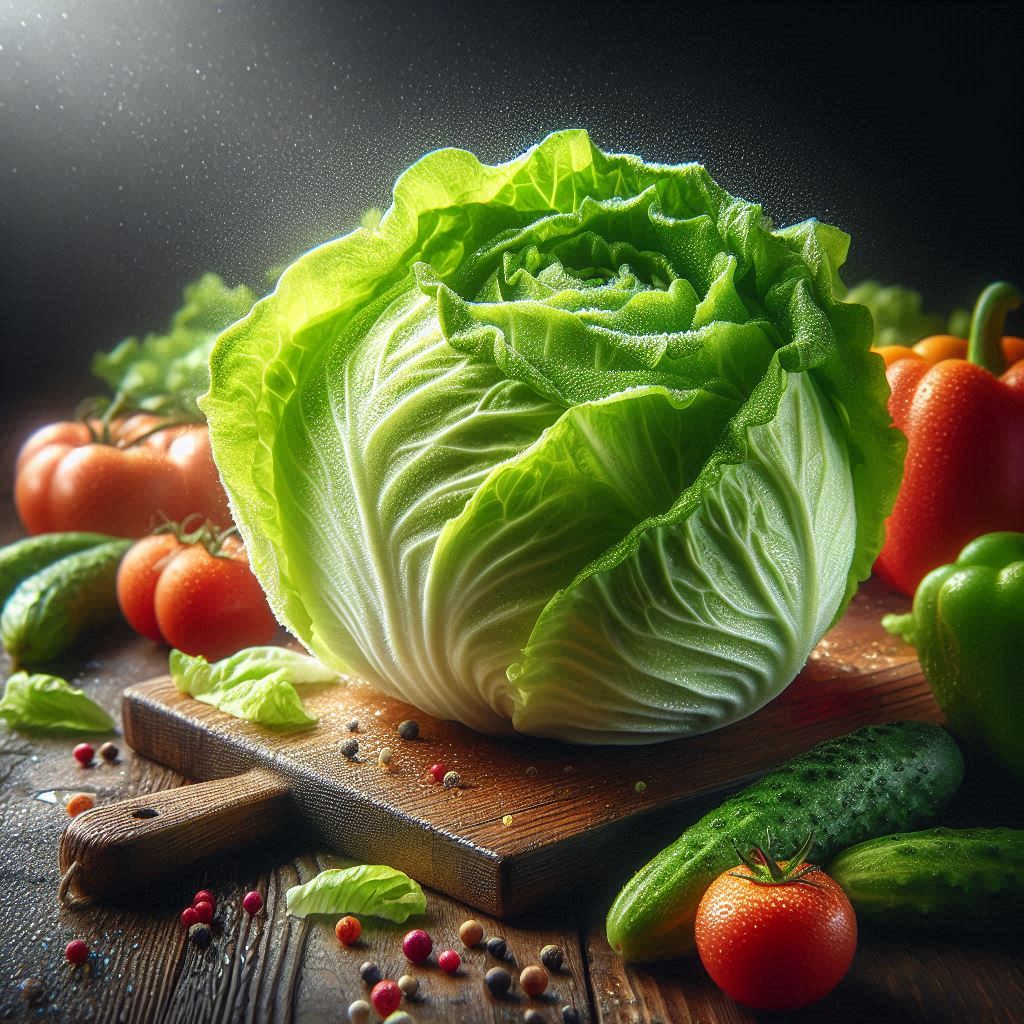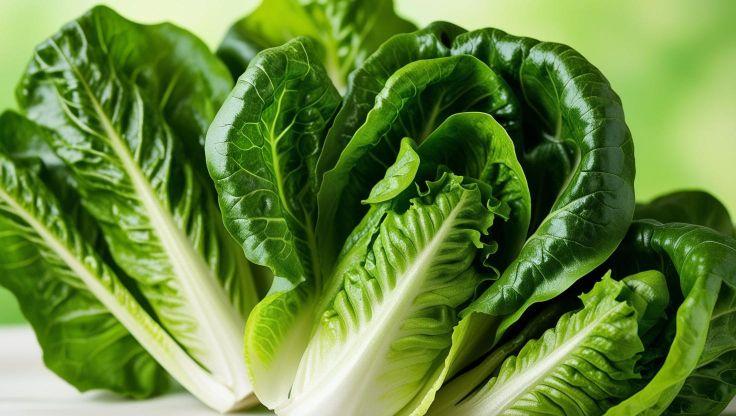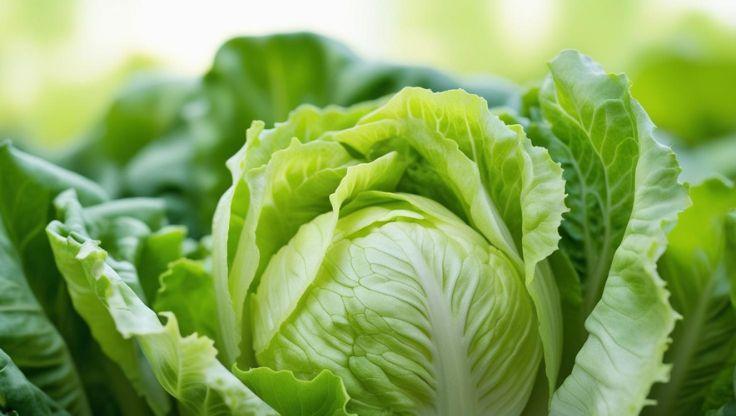Hydroponic Plants: Growing Collard Greens Efficiently
Collard greens (Brassica oleracea var. acephala) are a nutritious, leafy vegetable from the Mediterranean region, closely related to kale and cabbage. Their thick, dark green leaves and slightly bitter taste make them a versatile ingredient in various dishes. While traditionally cultivated in soil, collard greens flourish in hydroponic plants systems due to their rapid growth and adaptability. This method ensures a controlled environment, maximizing yield and resource efficiency.
Hydroponic cultivation offers significant benefits over soil-based farming. It enhances water efficiency, minimizes pesticide use, and supports year-round production. By eliminating soil-borne diseases and optimizing nutrient delivery, hydroponic systems provide a cleaner, more sustainable approach to growing collard greens while ensuring consistent quality.

Optimized Guide to Hydroponic Growing Conditions for Collard Greens
Hydroponic plants, including collard greens, thrive in controlled environments that enhance nutrient absorption, accelerate growth, and minimize disease risks. By carefully managing key factors such as pH, electrical conductivity (EC), light exposure, temperature, and humidity, growers can achieve superior yields and healthier crops.
Optimal pH and EC Levels for Hydroponic Collard Greens
Maintaining the correct pH and EC levels is essential for ensuring efficient nutrient uptake and robust plant development.
- pH: The ideal range for hydroponic collard greens is 5.5–6.8, allowing for optimal absorption of essential nutrients.
- EC: Keeping EC levels between 1.6–2.5 mS/cm ensures a balanced nutrient supply, preventing deficiencies and promoting vigorous leaf growth.
Light, Temperature, and Humidity Requirements
Like other hydroponic plants, collard greens require specific environmental conditions to support steady growth and healthy leaf expansion.
- Light Exposure: Hydroponic collard greens thrive with 12–16 hours of daily light, preferably from full-spectrum LED grow lights, which replicate natural daylight and enhance photosynthesis.
- Temperature Range: The recommended temperature for optimal growth is 18–24°C (65–75°F), preventing slow development and ensuring efficient metabolic activity.
- Humidity Control: Moderate humidity levels help prevent fungal diseases while supporting strong leaf formation.
Additional Considerations for Hydroponic Collard Greens
Selecting the right collard green variety is crucial for maximizing yield and quality. Hydroponic cultivation offers advantages such as enhanced nutrient delivery, reduced water consumption, and accelerated growth cycles, making it a sustainable alternative to traditional soil-based farming.
Best Hydroponic Systems for Growing Collard Greens
Hydroponic plants, including collard greens, thrive in controlled environments that optimize nutrient absorption, accelerate growth, and minimize disease risks. Choosing the right hydroponic system is essential for ensuring healthy leaf development and maximizing yields.
Recommended Hydroponic Systems for Collard Greens
Several hydroponic systems are well-suited for growing collard greens, each offering unique advantages:
- Deep Water Culture (DWC): Provides continuous nutrient availability by suspending plant roots in oxygenated water, promoting rapid growth.
- Nutrient Film Technique (NFT): Delivers a thin, flowing nutrient solution over plant roots, ensuring efficient absorption while reducing water waste.
- Ebb and Flow System: Periodically floods the growing medium with nutrient-rich water, enhancing root oxygenation and nutrient uptake.
These systems allow hydroponic plants to grow efficiently, reducing the risk of soil-borne diseases and improving overall crop health.
Nutrient Solutions and Water Management for Hydroponic Collard Greens
A well-balanced nutrient solution is crucial for supporting vigorous leaf development and maintaining plant health.
- Macronutrients: A nutrient mix rich in nitrogen (N), phosphorus (P), and potassium (K) ensures strong leaf formation and disease resistance.
- Micronutrients: Essential elements like calcium (Ca) and magnesium (Mg) aid in chlorophyll production and structural integrity.
- Water Quality: Regular monitoring of pH (5.5–6.8) and EC levels (1.6–2.5 mS/cm) prevents deficiencies and ensures optimal nutrient absorption.
By implementing these hydroponic techniques, growers can cultivate high-quality collard greens with improved efficiency and sustainability. Hydroponic plants offer a reliable and resource-efficient method for producing fresh, nutritious crops year-round.
Optimized Guide to Seed-to-Seedling, Maturity, and Varieties for Hydroponic Collard Greens
Hydroponic plants, including collard greens, follow a structured growth cycle that ensures faster development, improved nutrient absorption, and superior leaf formation. By carefully managing each stage, growers can achieve higher yields and healthier crops.
Seed Germination and Early Growth
The journey of hydroponic collard greens begins with seed germination, a crucial phase that determines plant vigor and overall health.
- Germination Time: Collard green seeds typically sprout within 7–10 days, provided they are placed in a suitable growing medium such as rockwool or coco coir.
- Seed Density: To prevent overcrowding and ensure strong seedling development, each hole should contain only one seed.
- Optimal Conditions: Maintaining a temperature range of 18–24°C (65–75°F) and ensuring adequate moisture levels promote successful germination.
Transplanting and Growth Acceleration
Once seedlings develop strong roots and true leaves, they are ready for transplanting into hydroponic systems.
- Transplant Timing: Seedlings should be moved to their hydroponic setup within 5–6 weeks after germination.
- Growth Duration: Hydroponic cultivation accelerates collard green growth, allowing plants to reach maturity faster than traditional soil-based methods.
- Nutrient Optimization: A well-balanced nutrient solution ensures robust leaf formation and prevents deficiencies.
Popular Hydroponic Collard Green Varieties
Selecting the right collard green variety is essential for maximizing yield and quality. Some of the most suitable hydroponic varieties include:
- Georgia Southern: A heat-tolerant variety known for its large, tender leaves.
- Vates: Compact and slow-bolting, making it ideal for hydroponic cultivation.
- Champion: A robust variety with high disease resistance and excellent adaptability to controlled environments.
Uses and Benefits of Hydroponic Collard Greens
Hydroponic plants, including collard greens, offer numerous advantages in both culinary applications and health benefits. As a nutrient-rich leafy vegetable, collard greens are widely used in global cuisines and provide essential vitamins and minerals that support overall well-being.
Culinary Applications of Hydroponic Collard Greens
Collard greens are a versatile ingredient that enhances flavors and textures across various cooking methods.
- Traditional Southern Dishes: Often stewed with ham hocks and bacon, collard greens are a staple in Southern cuisine, providing a rich, smoky taste.
- Salads and Wraps: Their slightly bitter yet nutritious profile makes them an excellent addition to fresh salads and healthy wraps.
- Soups and Stir-Fries: Collard greens contribute depth and texture to soups and stir-fried dishes, complementing a variety of ingredients.
Health Benefits of Hydroponic Collard Greens
Beyond their culinary versatility, hydroponic plants like collard greens provide significant health benefits.
- Rich in Essential Nutrients: Packed with vitamin K, C, and B, collard greens support bone health, immune function, and digestion.
- Mineral Content: They contain calcium, fiber, and iron, making them a powerhouse of nutrition that aids in maintaining strong bones and preventing anemia.
- Antioxidant Properties: Collard greens are rich in antioxidants, which help combat oxidative stress and may reduce the risk of chronic diseases.
Sustainability Advantages of Hydroponic Cultivation
Hydroponic plants, including collard greens, offer a more sustainable approach to agriculture.
- Water Conservation: Hydroponic cultivation reduces water consumption by up to 90% compared to traditional soil farming.
- Reduced Pesticide Use: Growing collard greens hydroponically minimizes the need for pesticides, creating a cleaner and safer food source.
- Efficient Resource Utilization: Hydroponic systems optimize nutrient delivery, ensuring faster growth cycles and higher yields while reducing environmental impact.
Research for expert insights
Explore these expertly crafted articles for a deeper understanding and valuable takeaways.
|
Institution |
Article Title |
Article Link |
|---|---|---|
|
MDPI Agronomy |
Influence of Electrical Conductivity on Plant Growth, Nutritional Quality, and Phytochemical Properties of Kale and Collard Grown Using Hydroponics |
|
|
Wiley Online Library |
Productivity and Elemental/Chlorophyll Composition of Collard Greens in an Aquaponic System |
|
|
APS Journals |
First Report of Root Rot Caused by Pythium dissotocum on Hydroponically Grown Collard Greens |
A comprehensive breakdown of key points ensures their work is a reliable resource for readers striving to learn more.


